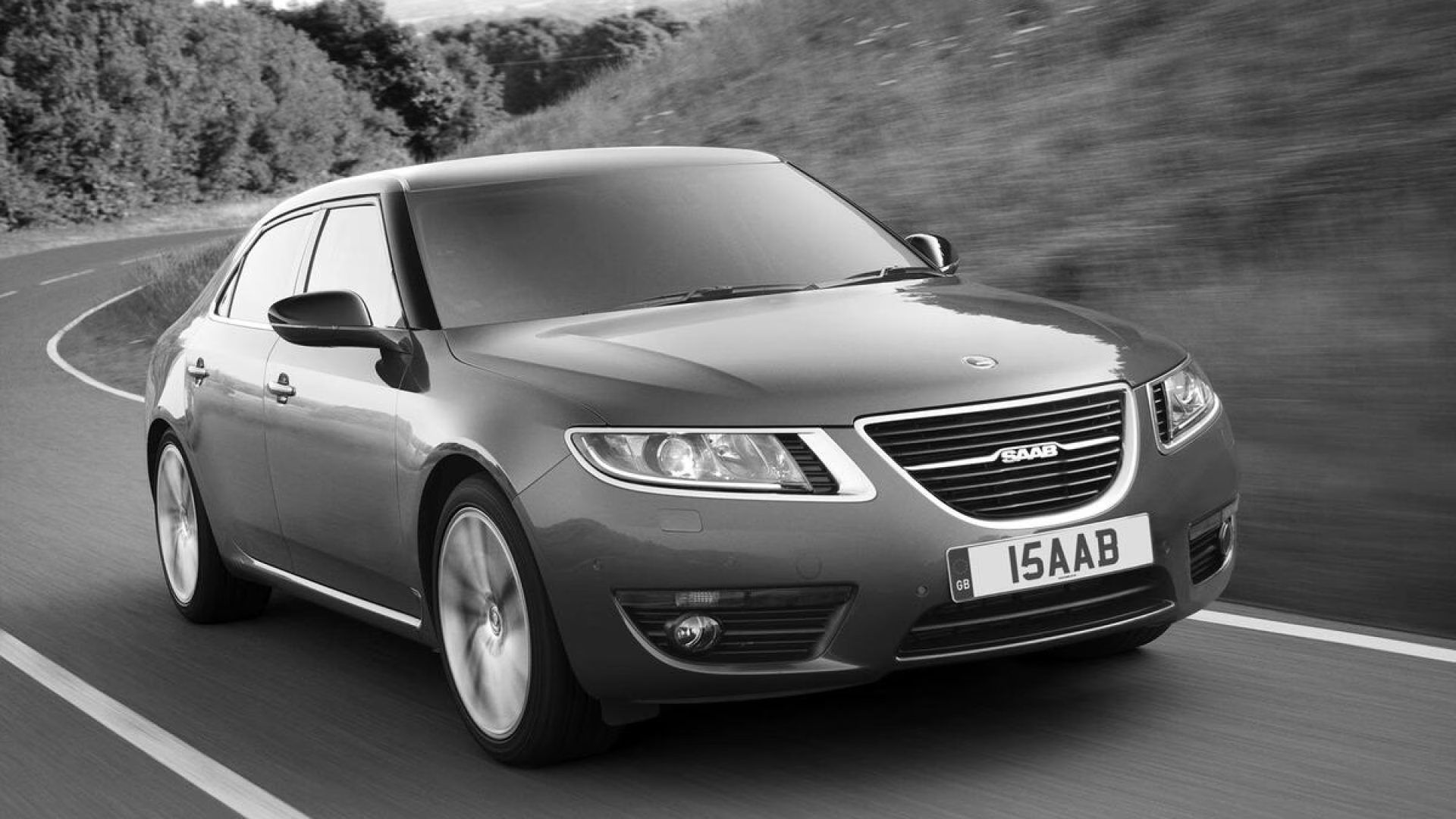Saab: A Legacy of Aeronautical Engineering and Quirky Innovation
Saab was a car brand that proudly and defiantly marched to the beat of its own drum. It was a company for intellectuals, architects, and pilotsâa brand for those who valued intelligent design and engineering prowess over flashy styling or mainstream appeal. Born from an aerospace company, every Saab was infused with a unique logic and a focus on driver ergonomics that was years ahead of its time. Though the company ceased operations in 2011, its legacy as a builder of safe, innovative, and deeply characterful cars has cultivated a fiercely loyal and passionate following that continues to this day.
The Genesis: From Fighter Jets to the Open Road
Svenska Aeroplan AB, or "SAAB," was founded in 1937 in Trollhattan, Sweden, as a manufacturer of military aircraft. After World War II, with the demand for fighter jets dwindling, the company decided to apply its deep knowledge of aerodynamics and structural integrity to a new challenge: building an automobile. The first prototype, the Ursaab, was designed by aeronautical engineers, and its teardrop shape was a direct result of wind-tunnel testing. The first production car, the Saab 92, was launched in 1949, and its aerospace roots would define the brand's character forever.
Core Philosophy: "Born from Jets"
Saab's most famous slogan, "Born from Jets," was a perfect encapsulation of its core philosophy. This was not just a marketing phrase; it was an engineering reality. Key pillars of this philosophy included:
- Aerodynamic Design: A commitment to creating cars with a low drag coefficient for improved efficiency and stability, often resulting in unique, sloping hatchback designs.
- Driver-Centric Ergonomics: A logical, almost cockpit-like approach to interior design, with features like a center-console-mounted ignition and the famous "Night Panel" that would turn off non-essential gauges to reduce distraction during night driving.
- "Real-World" Safety: While Volvo focused on crash-test safety, Saab pioneered "real-world" safety, studying actual accidents to build cars that were safer in a wide variety of unpredictable situations.
- Turbocharging for the People: A belief that turbocharging was not just for high-end sports cars, but could be used to provide safe, efficient, and powerful performance for everyday driving.
Defining Moments and Key Achievements
Saab's history is a story of pioneering innovations and cult-classic vehicles.
- The Saab 99 and 900 Turbo: The launch of the Saab 99 Turbo in 1978 was a revolutionary moment. It was one of the first family cars to successfully use a turbocharger, creating a "sleeper" performance car that was both practical and exhilarating. The succeeding Saab 900 Turbo, with its iconic, quirky hatchback design, became the definitive Saab and a cultural icon.
- Safety Innovations: Saab was a pioneer in many safety features that are now standard, including seatbelt pre-tensioners, ventilated disc brakes, and the first side-impact protection system that exceeded U.S. standards.
- The Convertible: The Saab 900 Convertible, launched in the 1980s, was a massive success, a stylish and practical four-seat convertible that was designed for all-season use, a rarity at the time.
The End of an Era and Saab's Lasting Legacy
After being acquired by General Motors, Saab struggled to maintain its unique identity and engineering independence. Following GM's 2009 bankruptcy, the brand was sold and ultimately failed to remain viable, ceasing production in 2011.
Why Saab Still Matters
Despite its absence, the Saab brand remains a powerful symbol of individuality and intelligent design. It represents a time when a car company could be successful by catering to a niche of free-thinking, educated buyers rather than chasing the mainstream. Classic 900 Turbos and Viggen models are now highly prized by collectors and a dedicated community of enthusiasts who appreciate their unique character and robust engineering. For those seeking a quirky Swedish car with a rich history and a ton of personality, a used Saab is a direct link to a bygone but celebrated era of automotive innovation.
